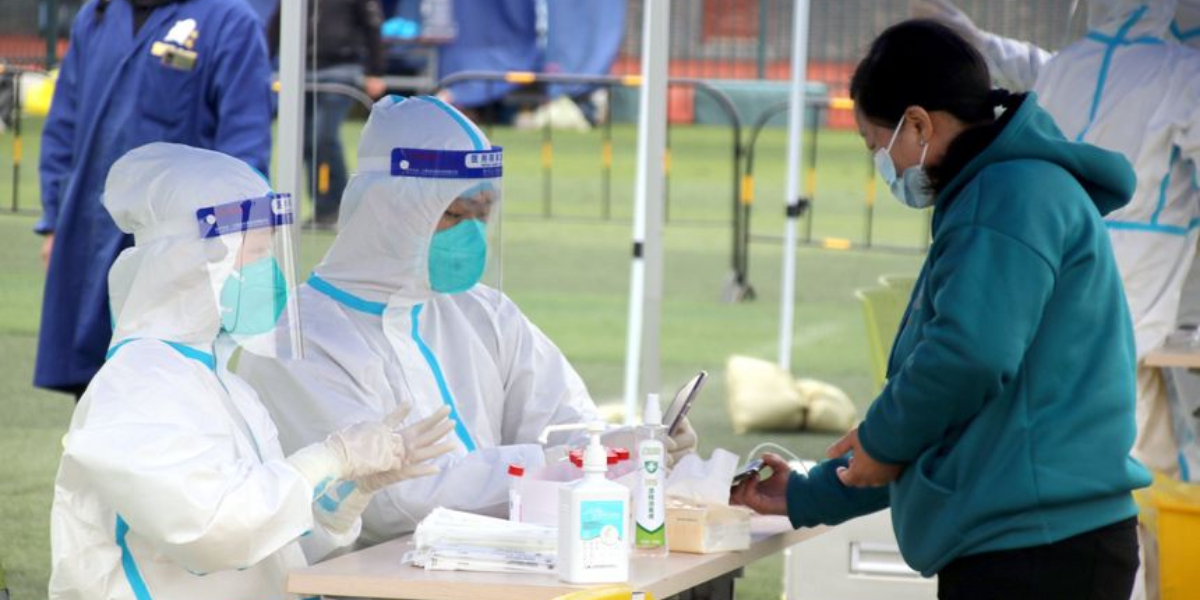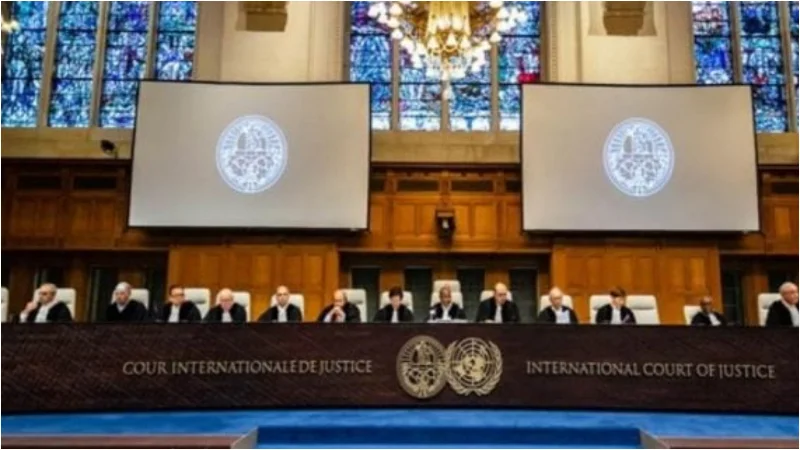On Monday, authorities in China’s commercial metropolis of Shanghai recorded 58 new COVID-19 cases outside of places under strict lockdown, while Beijing continued to test millions of individuals on a May Day holiday few were celebrating.
Coronavirus restrictions in Shanghai have sparked uncommon public outrage, with millions of the city’s 25 million residents trapped indoors for more than a month, some confined to fenced-in residential areas and others unable to obtain basic supplies.
While officials in Shanghai claim that the situation is improving, photographs on social media have alarmed the public at a time when the city’s hospitals and morgues are overburdened.
Authorities announced on Monday that they were looking into five officials after images surfaced of a local nursing home carrying an elderly person in a corpse bag to a mortuary. The individual was later discovered to be still alive.
Residents in Shanghai breathed a sigh of relief over the weekend when it was announced that no cases had been confirmed outside of the two-day lockdown zones, but disappointment arrived on Monday with the revelation of 58 new infections among those who were allowed to roam around the city more freely.
At a press conference, authorities did not comment on the new cases, but members of the public voiced their opinions online.
One person said, “They announced that they stamped out cases at the neighbourhood level too early.”
Many people were encouraged by data showing good trends, such as 32 new deaths on Sunday, down from 38 the day before, and 6,804 new local cases, down from 7,189 the day before.
“May has a chance,” commented another Weibo user.
Despite the decrease in instances, new barriers were constructed at some Shanghai residential blocks on Monday, however police said employees of enterprises on the government’s production priority list may ask for a pass if their building had no complaints for seven days.
The coronavirus initially appeared in the Chinese city of Wuhan in late 2019, and officials used lockdowns and travel bans to keep outbreaks under control for two years.
However, the fast-spreading Omicron variety has put China’s “zero-COVID” policy to the test this year, which is crucial for President Xi Jinping, who is poised to win a record-breaking third term in office in the autumn.
China’s COVID policy is becoming increasingly out of sync with the rest of the world, as many countries have relaxed or eliminated restrictions in order to “live with COVID” despite the fact that infections are rising.
New Zealand, which had been subjected to some of the most stringent restrictions, finally opened its border on Monday, welcome thousands of travellers for the first time since the outbreak began.
Despite an increasing toll on the world’s second-largest economy and ripples of disruption through global supply networks, China has shown no sign of veering from its strategy.
[embedpost slug=”shanghai-says-all-new-covid-cases-friday-found-in-quarantine/”]
Beijing has not closed down, despite dozens of daily cases in the second week of an outbreak. Instead, it is relying, at least for now, on mass testing to find and isolate diseases.
The metropolis, which has a population of 22 million people, increased COVID restrictions over the five-day Labor Day holiday, which runs through Wednesday and is generally one of the busiest tourism seasons.
Twelve Beijing districts, including the city’s largest, Chaoyang, which is known for its nightlife and embassies, will conduct three more COVID-19 tests between May 3 and 5, according to a local official. In Beijing’s outbreak, the Chaoyang area has the highest number of infections.
Restaurants in the capital are closed for business, and some residential buildings have been evacuated. The streets remain quiet, and residents who do go out must produce proof of a negative coronavirus test before entering most public places.
Close relatives of confirmed cases are being tracked down by authorities, who are advising them to stay at home and call authorities.
On Sunday, China reported 7,822 new COVID-19 cases, down from 8,329 the day before, according to the National Health Commission.
All of China’s 32 additional deaths occurred in Shanghai, bringing the country’s total death toll to 5,092 since the virus’s outbreak.
India, the only country with a population similar to China’s 1.4 billion, has officially recorded more than 500,000 deaths, though some health professionals disagree.




















